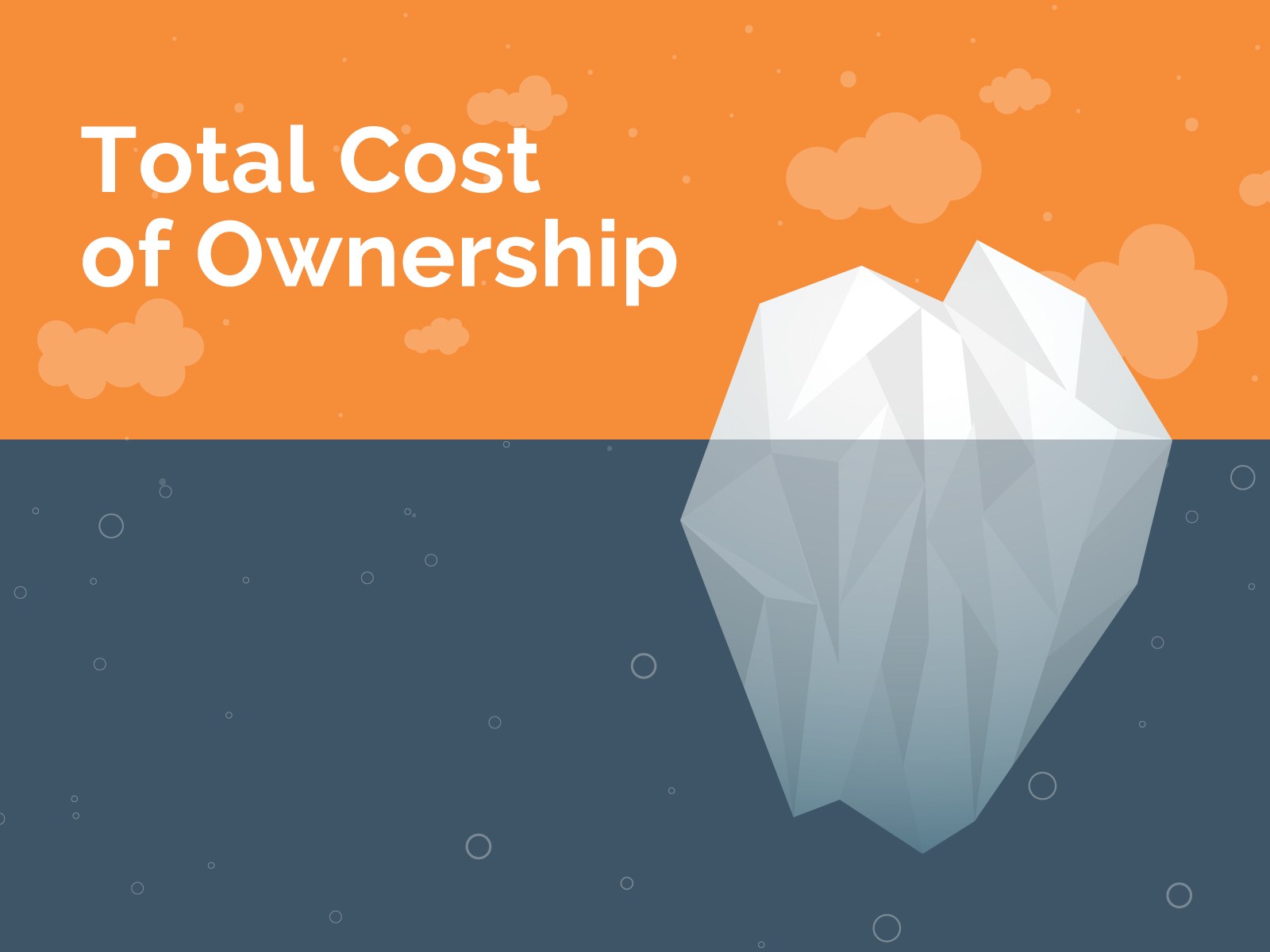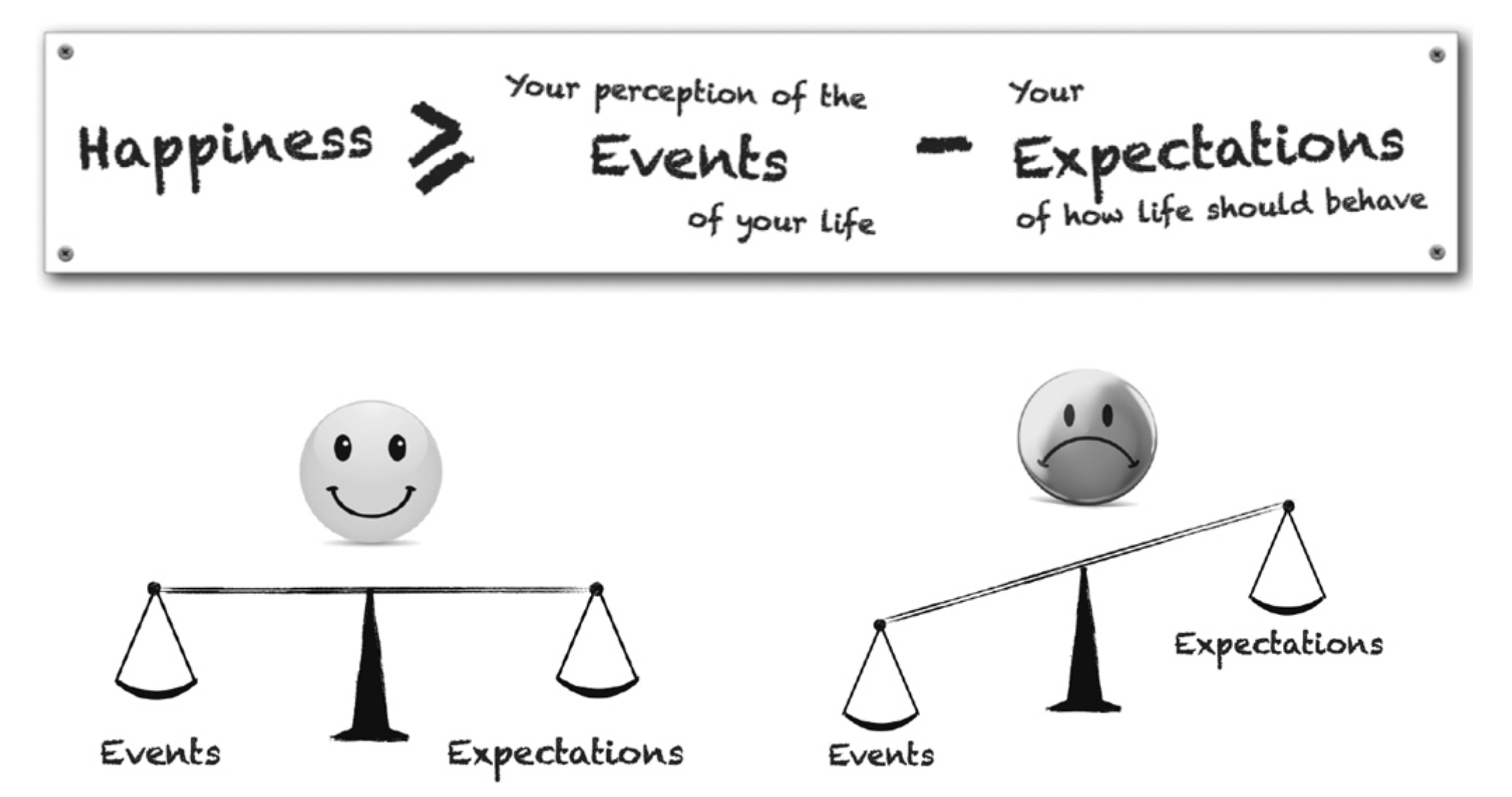Portfolio goals
Tax Changes & Year End Financial Moves You Need to Know About
Submitted by Desmond Wealth Management, Inc. on December 8th, 2018The Flat-Out Truth
Submitted by Desmond Wealth Management, Inc. on December 2nd, 2018Five Financial Adages for Thriving in Volatile Markets
Submitted by Desmond Wealth Management, Inc. on November 19th, 2018
Sometimes the best, most rigorously developed financial advice is so obvious, it’s become cliché. Yet, investors often end up abandoning this same advice when market turbulence is on the rise. Why the disconnect? Let’s take a look at five of the most familiar financial adages, and why they’re often much easier said than done.










